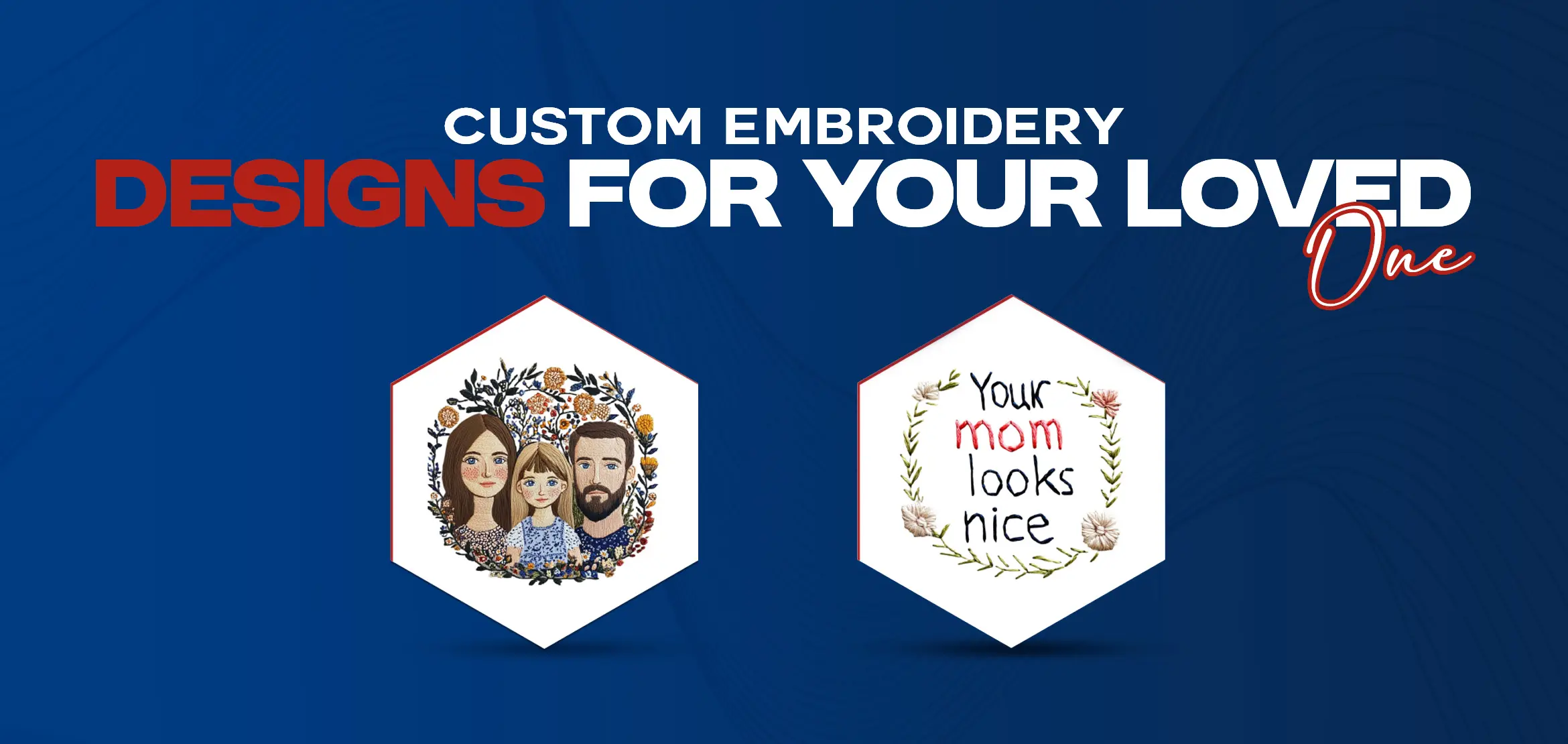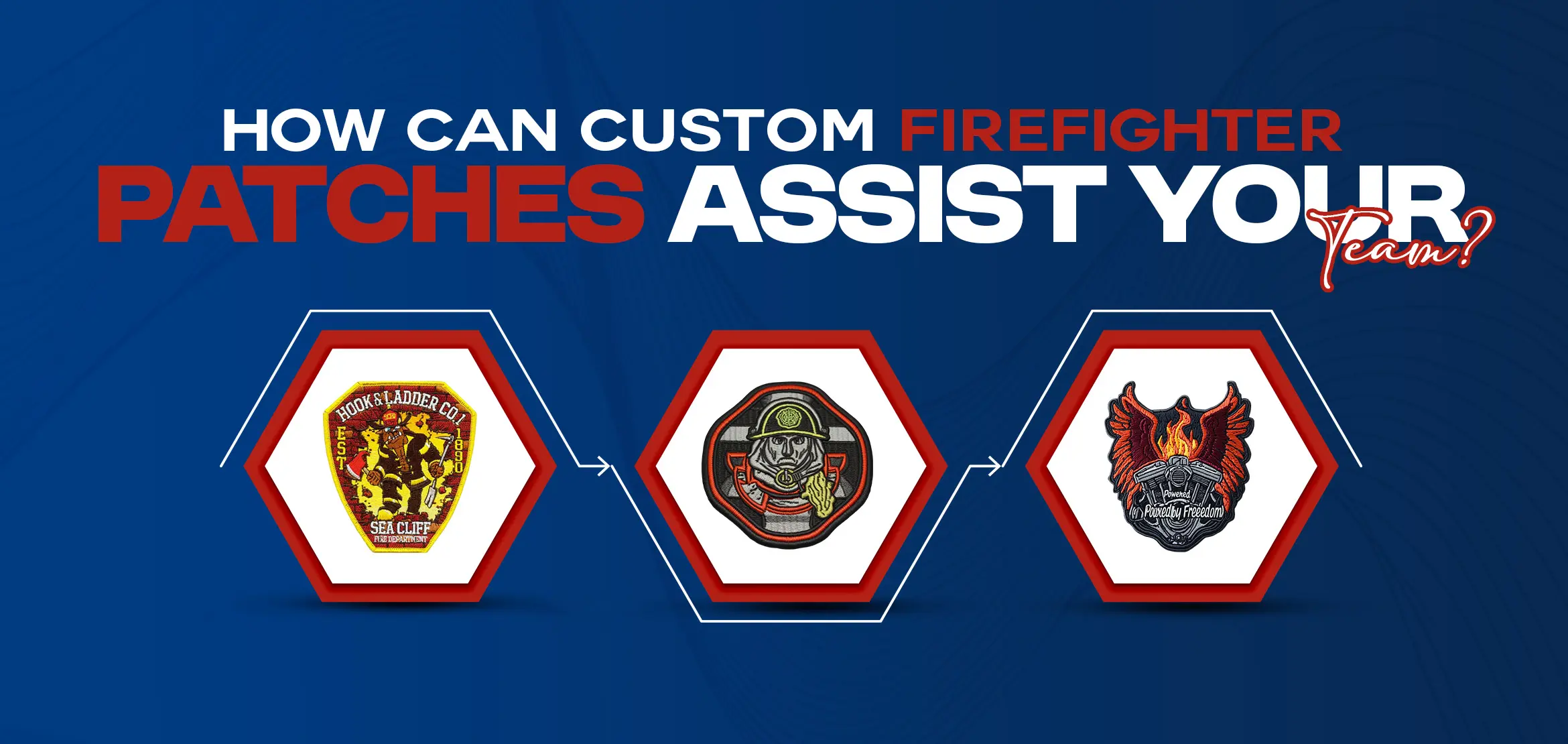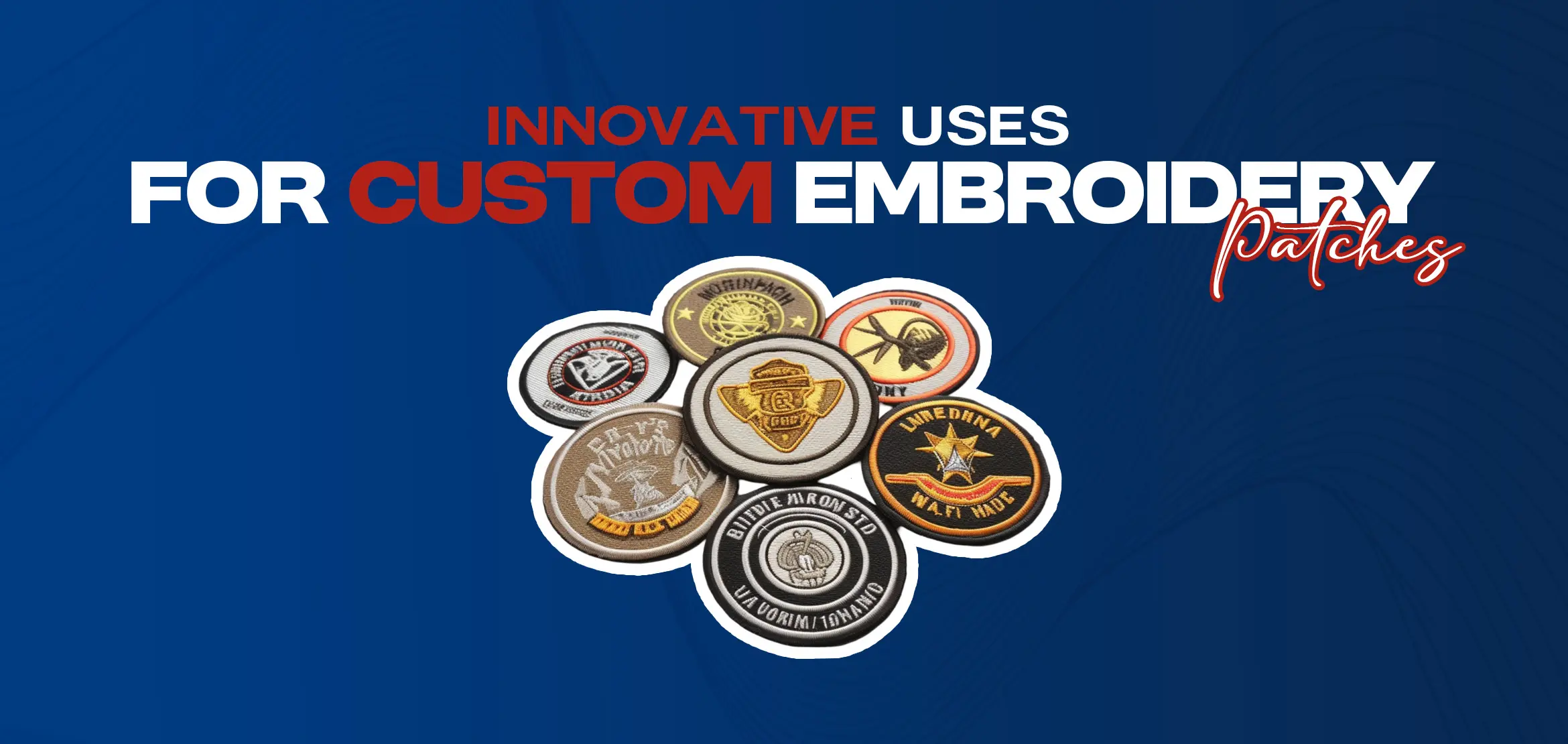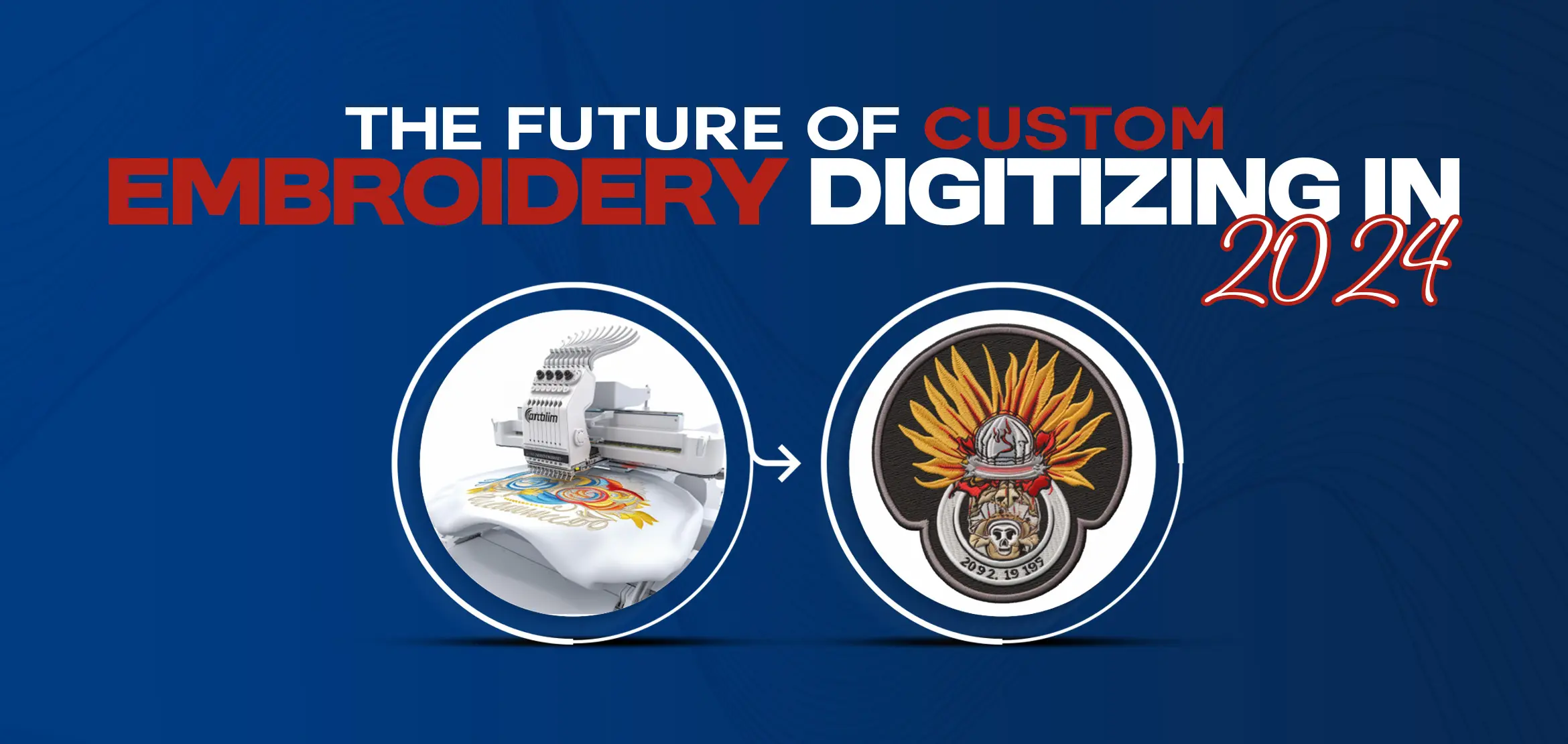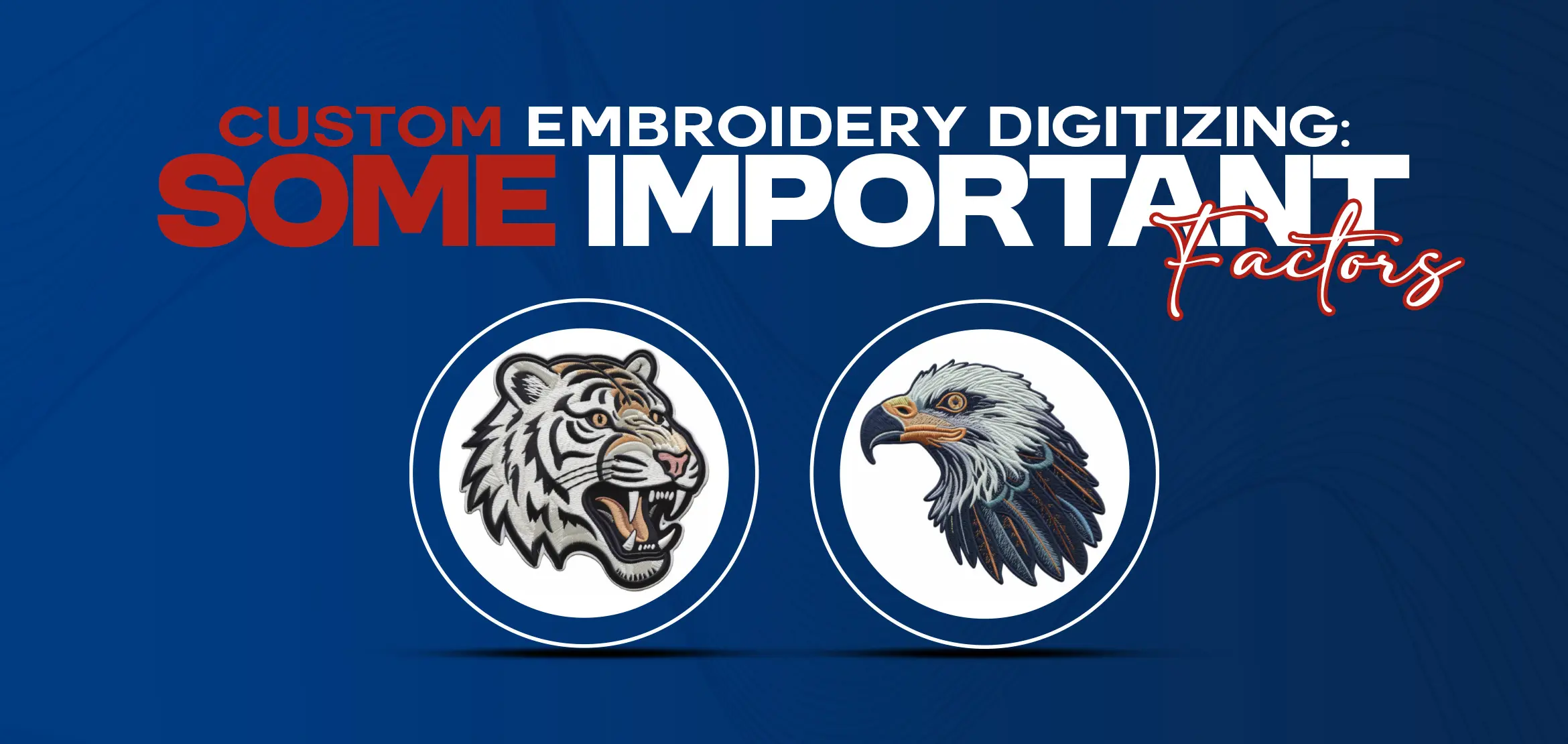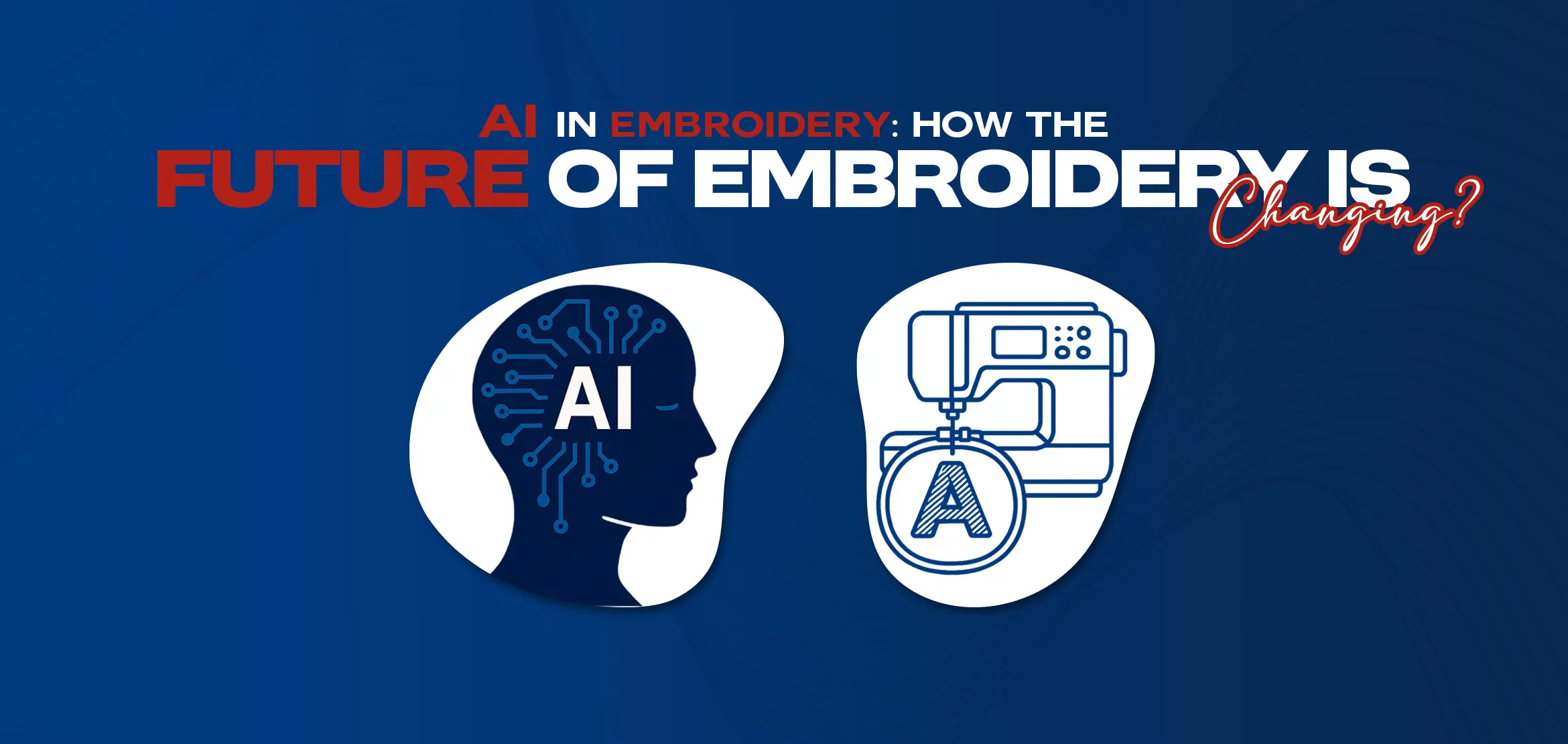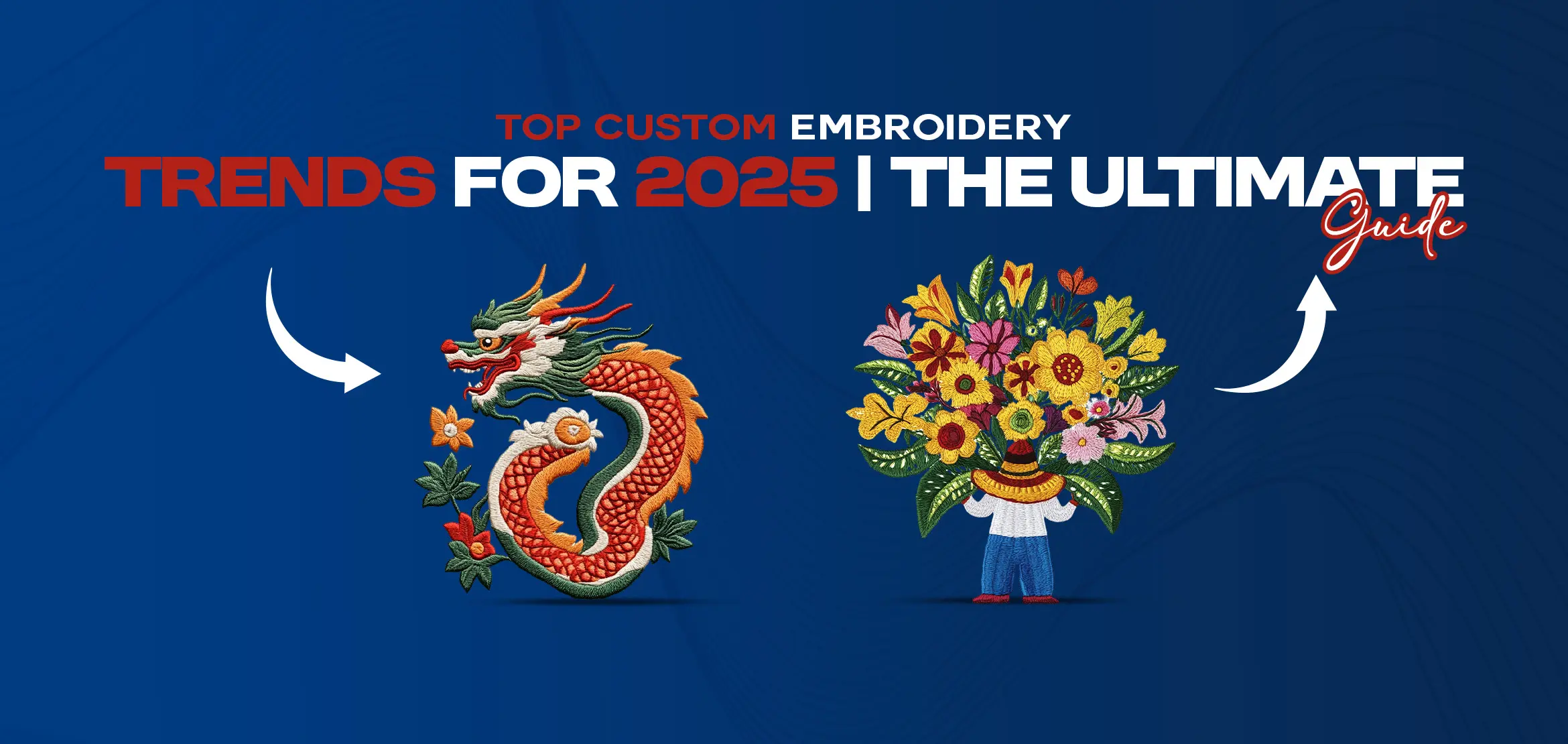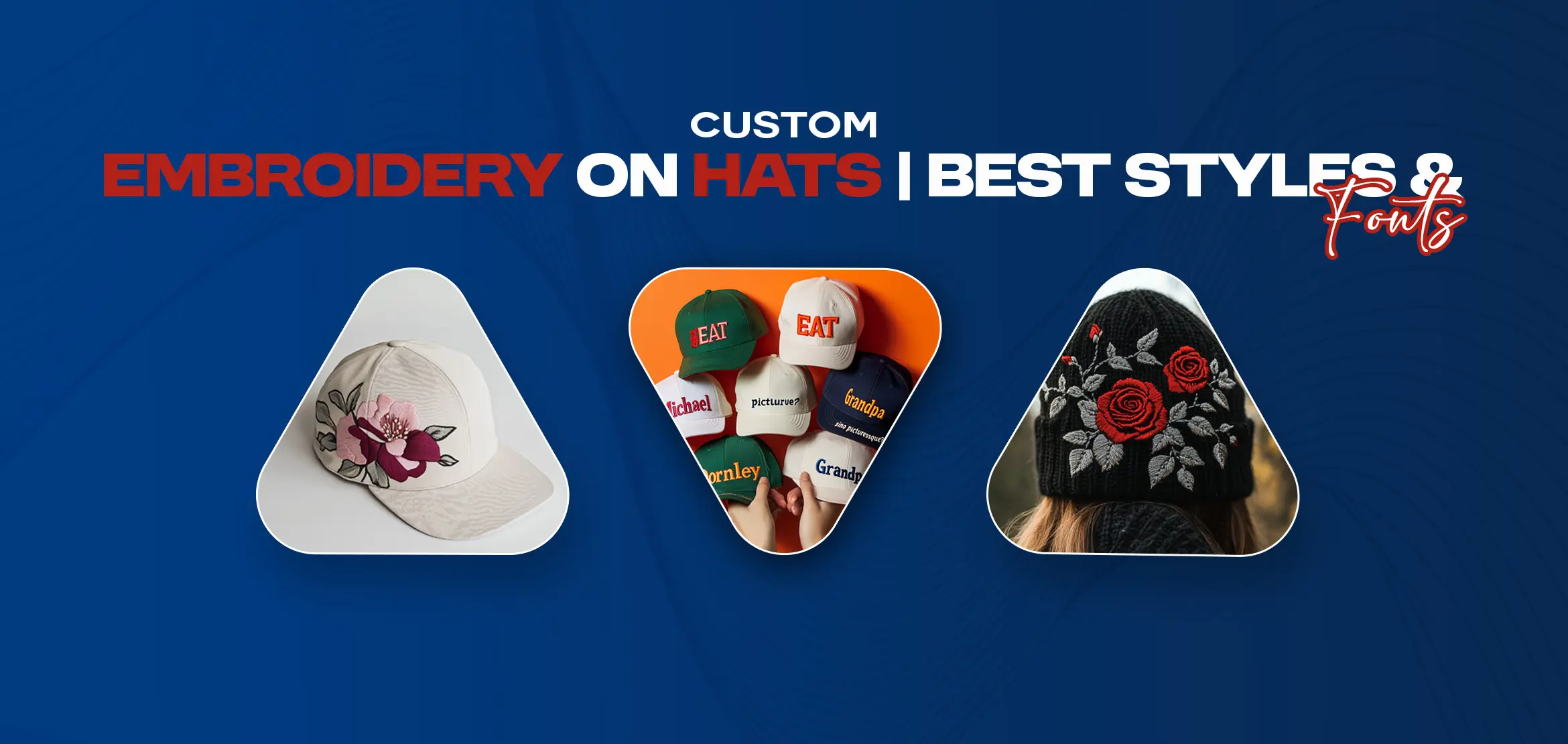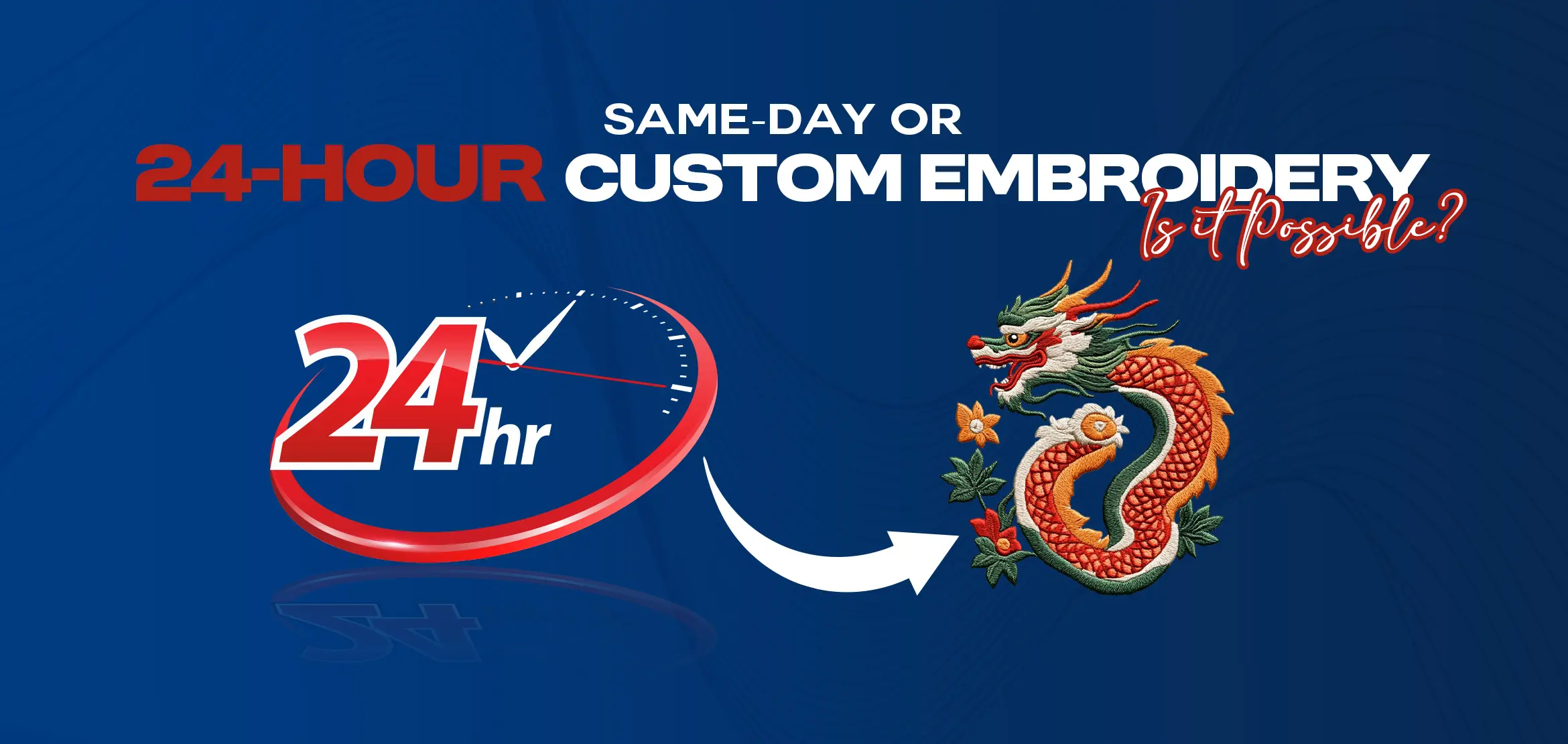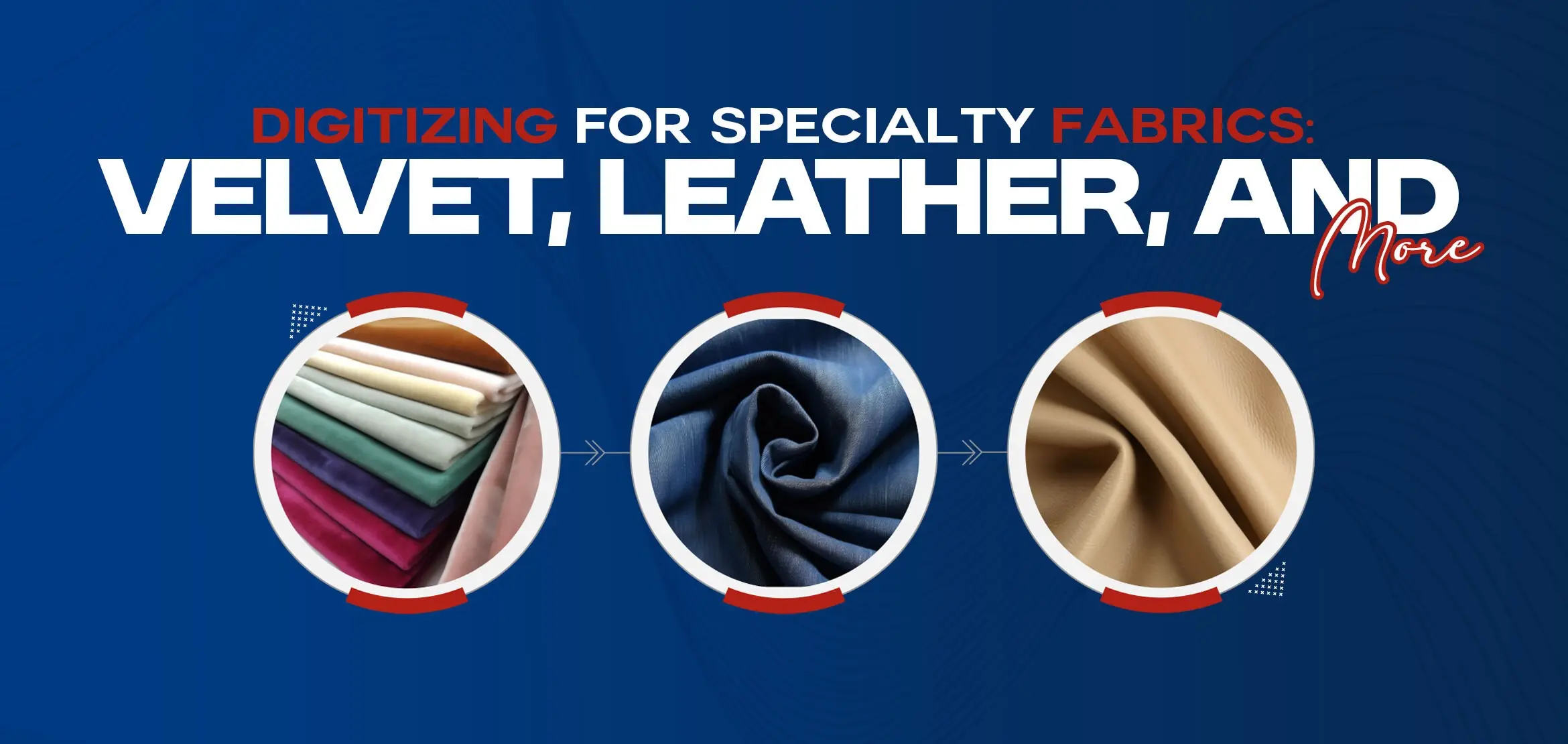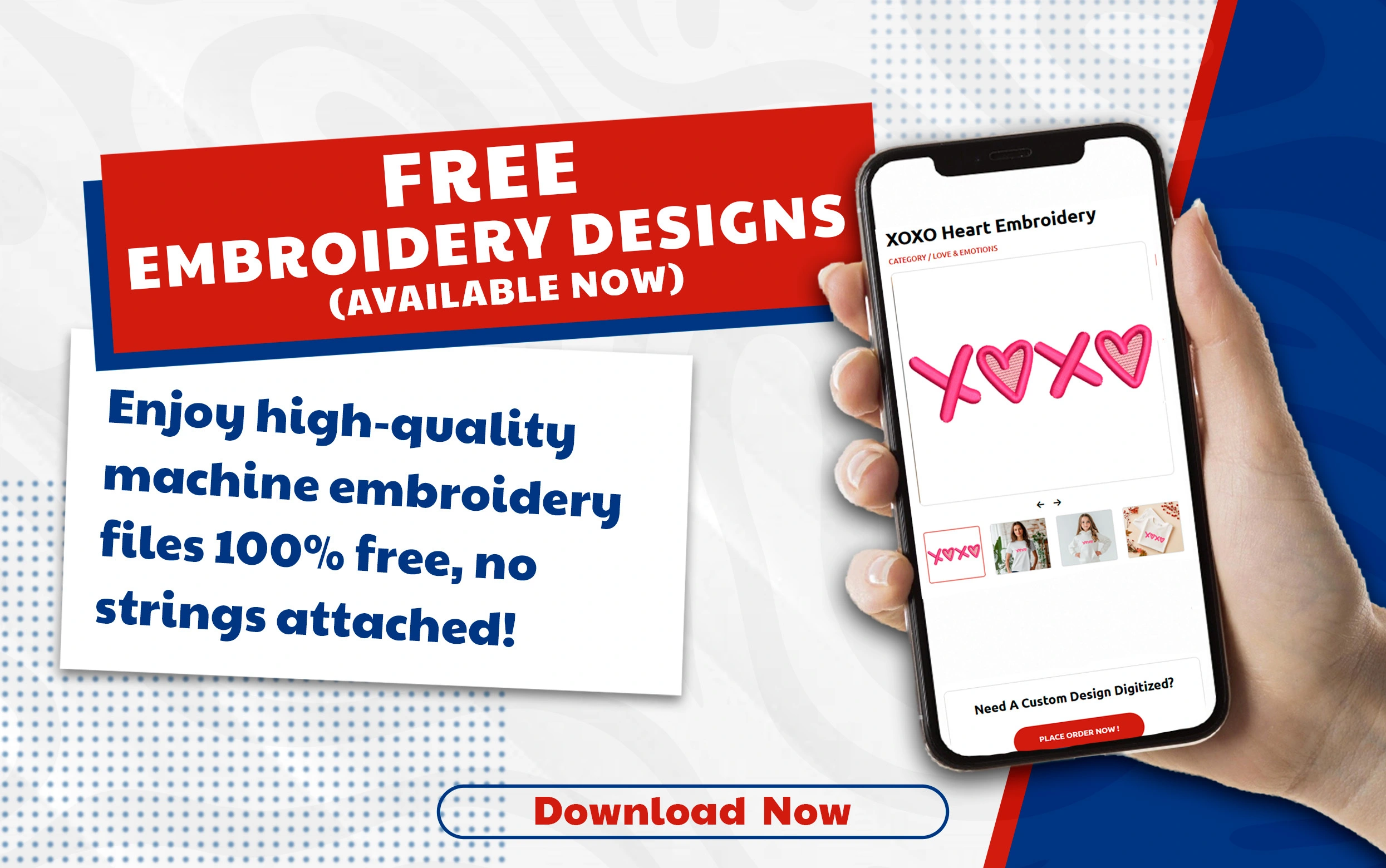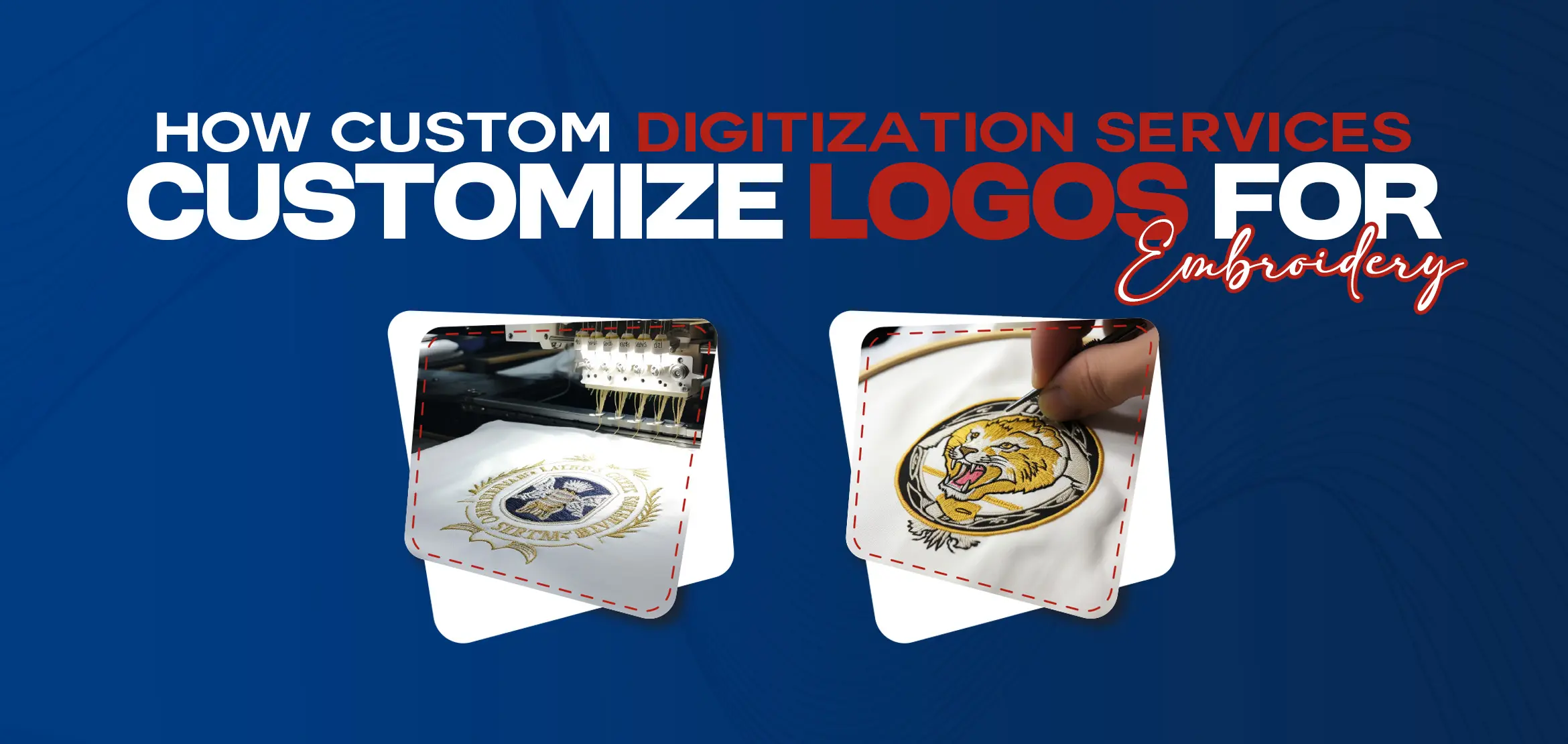
How Custom Digitization Services Customize Logos for Embroidery
Logos are the visual identity of a brand. When you move a logo from a screen to fabric, the goal is the same. Keep the look and the message but make it work in the thread. Custom digitization turns artwork into stitch instructions so embroidery machines can reproduce logos clearly and consistently. This post explains the digitization process, practical tips for preparing logos for embroidery, what affects cost and turnaround, and how to avoid common problems. So let’s start. Custom digitization converts a logo or artwork into a stitch file that an embroidery machine can read. A trained digitizer decides stitch types, directions, densities, and color matches so the final embroidered logo keeps the original design’s shape and feel. Assessment and artwork cleanup: The digitizer checks the file and asks for a vector file or a high-resolution image. Small details and low-contrast elements are flagged for adjustment. Digitizing: Using professional software, the digitizer maps stitches, satin, fill, running, choosing directions and densities to control texture and stability. Color and thread selection: Colors are matched to available thread shades; specialty threads are selected when needed. Simulation: The design is previewed on-screen to spot density problems or overlaps and adjusted as needed. Test stitch-out: A sample is embroidered on similar fabric to verify size, clarity, and thread behavior. Corrections are made after this test. Production: Once approved, the file is used for the final run, with quality checks during the production batch. Best file types to provide: vector files (AI, EPS, SVG) or high-resolution PNG/PDF. Convert text to outlines/curves. If you only have a raster image, provide the highest resolution available and a clear color reference. Common machine formats produced by digitizers:DST, PES, EMB, EXP (The provider will let you know what they require for their machines). Simplify very fine details, small shapes can lose their detail and look like solid spots when embroidered. Avoid small text:keep letter height at least 6 mm (about 12 points) for legibility on typical fabrics. Use solid shapes instead of tight gradients, embroidery cannot reproduce photo gradients directly. Consider placement and fabric: stretchy knits, towels, and caps need different stabilizers and stitch approaches. Choose the right stitch type: satin for outlines and text, fill stitches for larger areas. Request a test stitch-out before full production, this catches problems early. Detail level and stitch count: More stitches and more colors raise cost and time. Quantity: Higher quantities often lower per-piece cost. Special threads or effects: Metallic, glow-in-the-dark, chenille and 3D puff add to the cost. Patches or applique: These need extra steps and materials and usually increase price and lead time. Typical workflow includes a proof and a single test stitch-out; additional revisions add time. Puckering: Use the correct stabilizer and reduce stitch density. Shoelace or small holes in detail: Enlarge or simplify details. Color mismatch: Provide the thread brand and number or request a physical sample for the match. Choosing an experienced digitizer saves time and ensures quality. A professional will advise on changes that preserve brand identity while making designs stitch-friendly. For reliable results and quick turnaround, consider using a trusted provider like Digitizing USA. We offer tailored digitizing forlogos, caps,patches, and specialty effects and provide clear proofs and test stitch-outs to ensure your logo looks great in thread. Embroidery is a craft and a technical process. Good digitizing protects your brand and makes embroidered items look professional and last longer. When you prepare artwork with the tips above, the digitizer can deliver a clear, durable embroidered logo that reflects your brand.What is custom digitization?
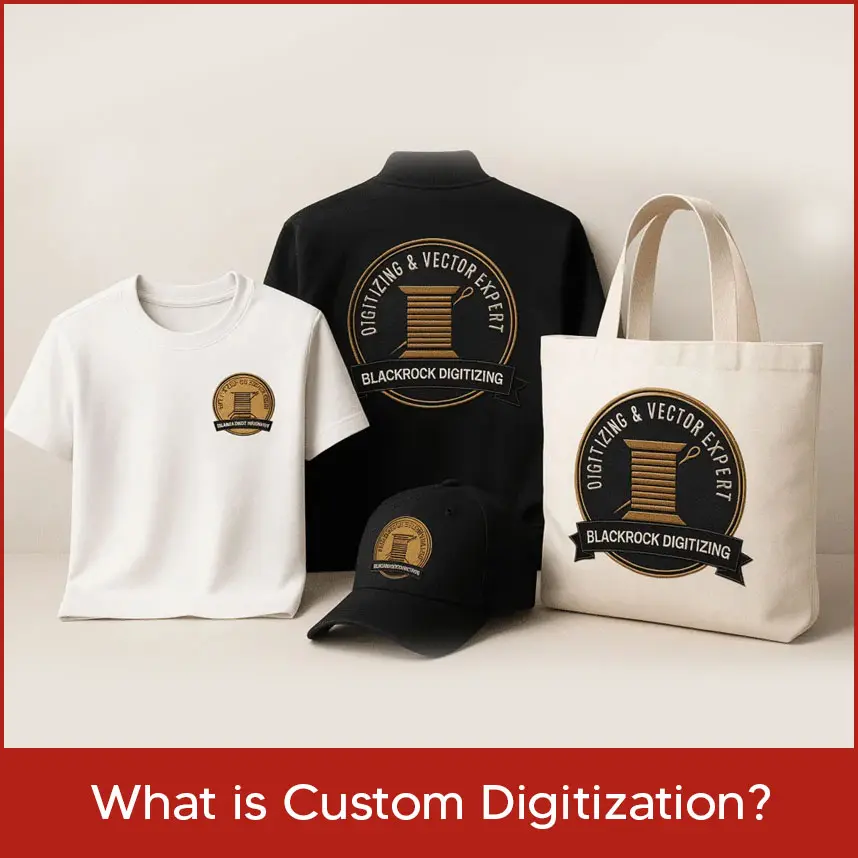
How Does the Process Work?
Artwork and File Formats
.webp)
Best Practices for Logo Ready Embroidery
What Affects Price and Turnaround?
Common Problems and Fixes
Why Choose a Professional Digitizer?
Final Thought
Ready to get started? Contact Digitizing USA for a free quote and a fast, professional digitizing service. We will guide you through file requirements, proofs, and test stitch-outs so your logo comes out right the first time.
